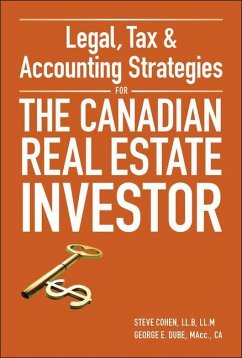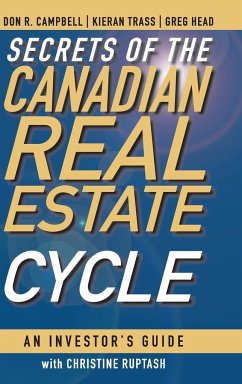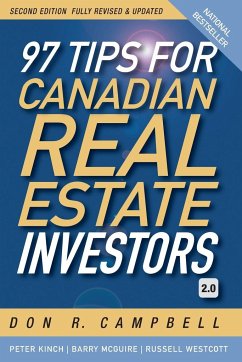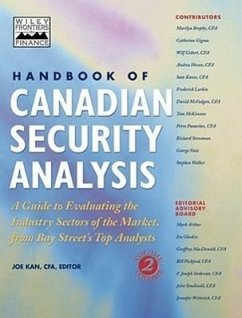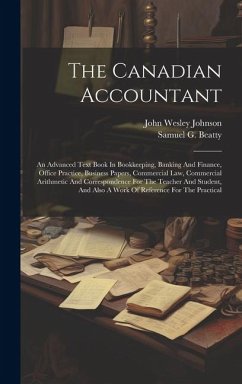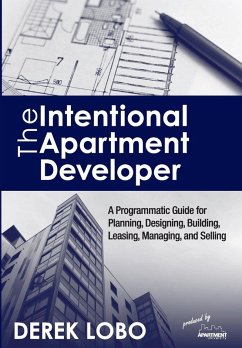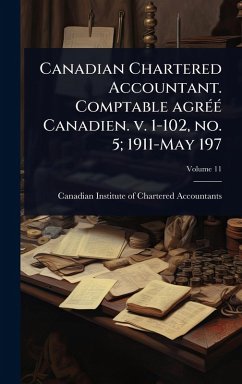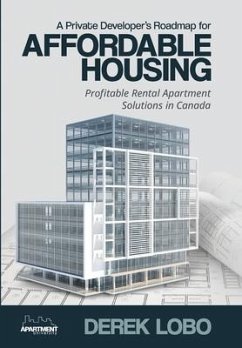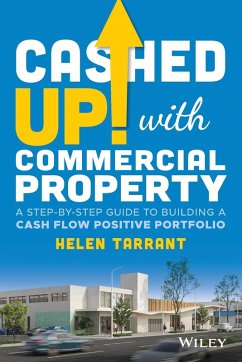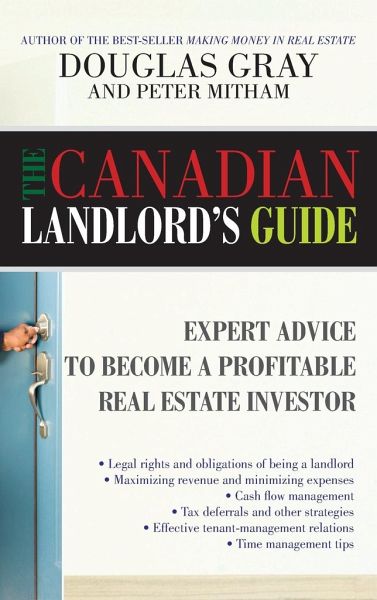
The Canadian Landlord's Guide

PAYBACK Punkte
15 °P sammeln!
* Legal rights and obligations of being a landlord * Maximizing revenue and minimizing expenses * Cash flow management * Tax deferrals and other strategies * Effective tenant-management relations * Time management tips MAXIMIZE YOUR PROFIT AND REDUCE THE RISK OF BEING A LANDLORD Canadians who are savvy at buying investment prop-erties usually have a tried and true formula they follow, so that they know they are purchasing a property that has a positive cash ow and solid potential for equity growth. But once the property is purchased, investors need to turn to the role of being a landlord, whi...
* Legal rights and obligations of being a landlord * Maximizing revenue and minimizing expenses * Cash flow management * Tax deferrals and other strategies * Effective tenant-management relations * Time management tips MAXIMIZE YOUR PROFIT AND REDUCE THE RISK OF BEING A LANDLORD Canadians who are savvy at buying investment prop-erties usually have a tried and true formula they follow, so that they know they are purchasing a property that has a positive cash ow and solid potential for equity growth. But once the property is purchased, investors need to turn to the role of being a landlord, which for some is a constant headache, but for others is an essen-tial part of being a successful investor. Best-selling real estate author Douglas Gray and business journalist Peter Mitham share their wealth of experience and expertise in this comprehensive guide. It will show investors how to make astute and protable decisions, build successful tenant relations, and avoid the classic problems and pitfalls. The best part about becoming a landlord is that it is a learned set of skills that is within reach of anyone. Along with determination and the help of knowledge-able advisors, you can make money and avoid the hassles. is authoritative guide includes a wealth of sample documents, forms and checklists. It will help you manage everything from assessing real estate opportunities to draing rental applications and agreements. Among the highlights are: * The legal rights and obligations of being a landlord * Regulatory and taxation issues that can either cost you money or make you money * How to select and manage the right tenants for your property * How to manage your rental properties and the time you spend on them * Tips and strategies to improve your bottom line * And much, much more practical and street-smart advice and guidance! Whether you've got an extensive real estate port-folio and need to know how to manage your time commitment and want to learn additional creative and protable strategies, or you have a basement apartment you want to rent for the very rst time, here is the one resource no Canadian landlord should be without.




